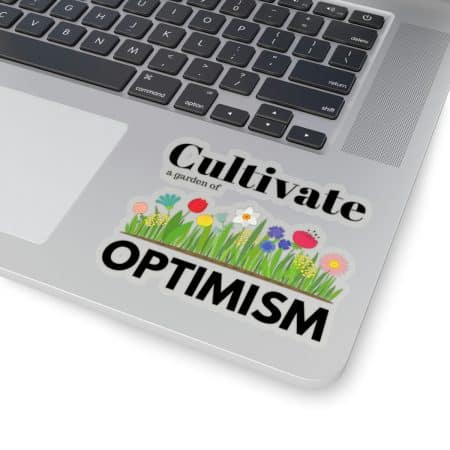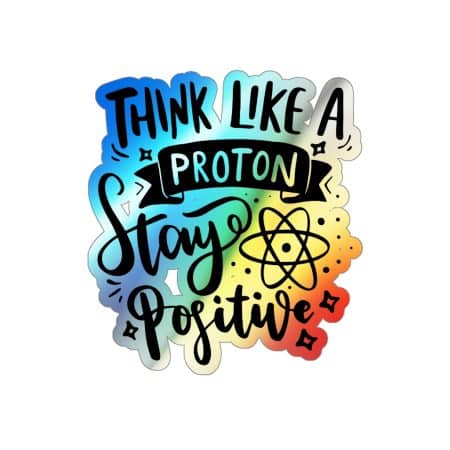It’s no secret that dealing with difficult people can be a challenge. But the good news is it doesn’t have to be a constant source of stress and frustration. Practicing empathy is among the effective way to resolve conflicts and improve relationships.
The Power of Empathy – What Is Empathy?
Empathy can understand and share the feelings of another person. When we practice compassion, we can communicate with others more effectively and find shared ground, even with challenging or unpleasant personality types.
Empathy is a “soft skill.” The US Army originally developed this term in the 1960s. It refers to personal qualities and interpersonal skills non-specific to jobs or industries but is valuable in any work environment. Showing empathy involves understanding and sharing another person’s feelings and communicating with them effectively.
While the modern workforce requires technical skills and knowledge, human resource departments increasingly recognize soft skills like empathy as essential for success. Compassion can help individuals build stronger relationships, improve communication, and create a more positive and productive work environment.

Here are some actionable tips for using empathy to resolve conflicts with difficult people:
Listen Actively
Listening is the base foundation of empathy. When speaking, give complete attention to the person without interrupting or judging. Try to understand their perspective and ask open-ended questions to gain more significant insights into their motivations or concerns.
Active listening is crucial for practicing empathy and resolving conflicts with difficult people. Give the person speaking your full attention, both verbally and nonverbally. Maintain eye contact, a nod to show you’re engaged, and be patient. Don’t get distracted by looking at the clock, answering a phone call, or doing other tasks; this is insensitive and could be interpreted as uncaring.
Refrain from interrupting or offering solutions prematurely. Instead, focus on understanding the speaker’s perspective, asking open-ended questions to clarify their points, and summarizing their thoughts to ensure you’ve understood them correctly. You can create a safe and respectful environment for effective communication and conflict resolution by listening actively.
Put Yourself in Their Shoes
-When trying to resolve conflicts with difficult people, it’s essential to view things from their standpoint to understand their perspective. Empathy is all about seeing things from another point of view and acknowledging the emotions and experiences that have led them to their current position.
It’s an essential step towards finding mutual understanding and building a positive relationship. By imagining how another person feels and what they might be going through, you can better understand their motivations and needs and work towards a mutually beneficial solution. Everyone is fighting secret battles you know nothing about. You can create a safe and supportive environment for effective communication and conflict resolution by showing compassion and understanding.
Show Compassion
Even if you disagree with another, you can still be compassionate. Acknowledge the person’s feelings and express empathy for their struggles. After all, we are all people going through different life experiences. We all want people to understand us and feel valued.
You don’t have to agree with or condone their behavior, but always be kind. Remember that everyone has struggles and challenges. An empathetic approach can create a more positive and productive environment for everyone involved.
Use “I” Statements

Using “I” statements is a powerful communication tool that can help change the perspective when dealing with difficult people. When we use “I” statements, we take ownership of our feelings and experiences instead of placing blame. This approach can defuse a tense situation and shift the focus to finding a solution.
In addition, by expressing how their behavior affects us personally, we can avoid escalating the conflict and open up a dialogue for understanding and resolution.
Let’s say you’re facing a situation where a co-worker interrupts you with gossip throughout the day, causing you to fall behind on a substantial project. It’s understandable to feel uncomfortable bringing up the issue, but approaching it in a non-confrontational way can help diffuse tension, keep the conversation productive, and offer a solution.
See also Spring Is The Perfect Time For Planting Success Seeds
Instead of using accusatory language like “You keep interrupting me when I need to work, and now I’m behind,” try framing the issue in a way that focuses on your needs and feelings. For example, “When I’m interrupted while working, it takes me a while to refocus. Can we minimize distractions right now and catch up at lunch or break?” This approach acknowledges the im
Reframing the conversation can make a big difference in how the person you are talking to receives the message and can help to create a more positive and respectful communication dynamic.
Ultimately, using statements that focus on “I” rather than “you” can help to build trust and create a more collaborative environment where everyone’s needs and perspectives are valued.
Look For Mutual Ground
Even if you have different opinions or approaches, some areas of agreement may exist. Some examples of “mutual ground” include:
Finding mutual ground is an essential step in resolving conflicts with difficult people. Here are a few areas that could potentially serve as mutual ground:
Shared Goals Or Objectives – Even with different opinions or approaches, you may still share common goals or objectives. These shared goals are enough to establish commonalities to move forward.
Concerns Or Challenges – You may share similar problems or challenges with the problematic person, even if you approach them differently. By acknowledging and addressing these concerns, you can build rapport and create a more positive relationship.
Values Or Beliefs – Although you may have different perspectives, you could hold the same common values or beliefs. By identifying these shared values, you can work together to find solutions that align with your shared principles.
Personal Or Professional Interests – You may have personal or professional interests that overlap with the problematic person. Finding mutual ground in these areas can create a more positive and collaborative relationship.
Feedback Or Suggestions – Sometimes, difficult people may be more receptive to feedback or suggestions from an unbiased mediator or consultant. By bringing in an outside perspective and someone not intimately involved in the situation, you can identify areas of mutual ground and work towards a more positive and productive resolution.
Practice Active Problem Solving – Instead of dwelling on the problem, focus on finding solutions. Brainstorm ideas and work collaboratively to find a resolution that works for everyone involved.
Apply Empathy to Improve Personal and Professional Relationships
Empathy is a crucial component in effective communication, and it can have a transformative impact on your personal and professional relationships. When we apply an understanding of others’ thoughts, feelings, and experiences, we can build rapport, create a more positive dynamic, and rapidly improve the quality of our interactions with others.
By understanding the perspective of others, we can use empathy to improve communications and avoid misunderstandings or conflicts. Whether in our personal or professional lives, empathy is an essential skill for building stronger relationships and creating a more positive and collaborative environment.
Are you interested to learn more about tapping into the power of empathy and developing these soft skills? Then, check out related books on Amazon!
Frequently Asked Questions: The Power of Empathy in Resolving Conflicts with Difficult People
Empathy is the ability to understand and share the feelings of others. In conflict resolution, it helps by allowing you to see things from the other person’s perspective. This way, you can address the root cause of the problem rather than just the surface-level issues.
Being empathetic doesn’t mean you have to agree with the other person. It’s about acknowledging their feelings and concerns. To be more empathetic, listen actively, validate their emotions, and avoid making judgments. This creates a safe space for meaningful conversation.
Absolutely not. Empathy is a sign of emotional intelligence and strength. It shows that you are willing to see beyond your viewpoint and consider the feelings and thoughts of others, which is a key factor in reaching a fair resolution.
That’s a challenging situation but remember, you can only control your actions and reactions. Continue to be empathetic and maintain your own boundaries. Sometimes, just being a non-confrontational presence can have a positive impact over time.
Yes, empathy is a universal skill that is valuable in any kind of relationship, whether it’s with family, friends, or colleagues. Being empathetic can pave the way for better communication and problem-solving in all aspects of life.
There are plenty of books, courses, and online resources that delve into this topic. You might consider taking a communication skills workshop or reading literature on emotional intelligence and conflict resolution techniques.
Updated 10/29/2023








